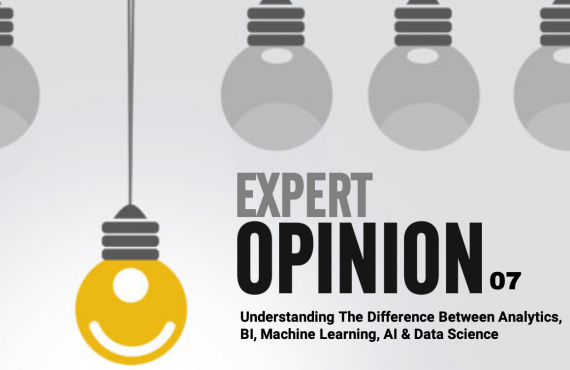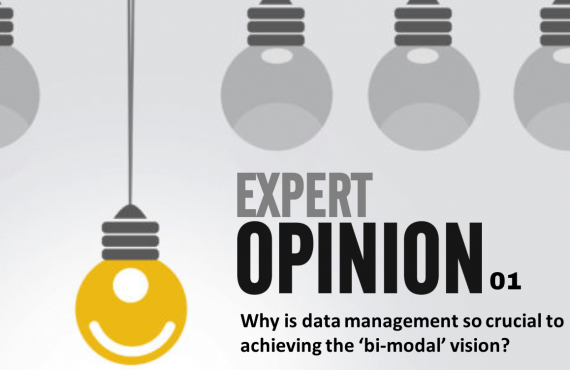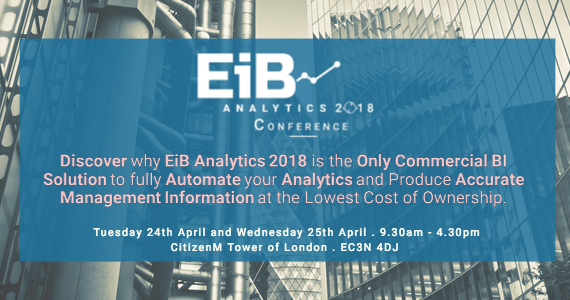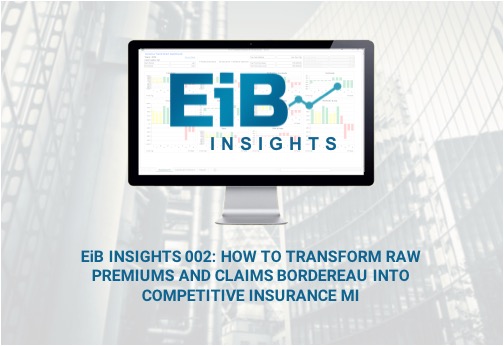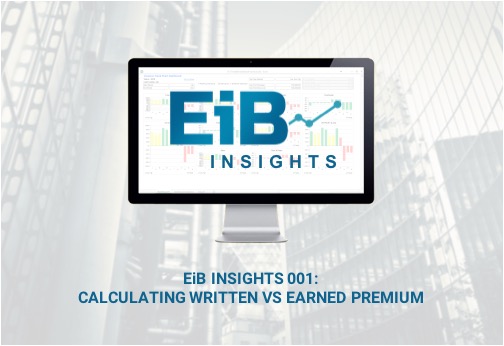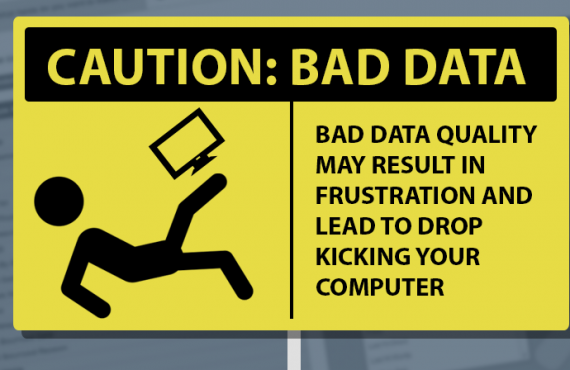Today, even with innovations in, BI software, financial reporting, management reporting and self-service analytics applications, monitoring every aspect of your business is still too complicated. It’s essential for you to use the right tools to track your business performance effectively, yet there are dozens of different software applications and approaches on the market, making choices confusing, complicated and all too often costly – especially as your user population grows.
With the majority of businesses trying to manage and present data from operational systems and spreadsheets across different departments and business operations, being able to bring that data into one manageable place is critical. This is where many businesses will turn to self-service analytics software to provide dashboards and universal reporting mechanisms allowing end users to query the data they need, when they need it.
There’s a new breed of self-service analytics software that can change the way you do things, saving you time, resource and effort. Here’s eight questions to ask yourself to determine if self-service analytics may improve your workflows and efficiency.
Can you cope with doing more using less resource?
More demand for analytics with no additional resources is the business reality. The answer for most organisations must be greater use of automated self-service analytics applications to fulfil this increased demand, but without the need for further personnel. Even with large corporates who may be able to justify and fund additional resources for certain projects, does it make economic sense to try and transform those scarce resources into data collators and Excel wizards? You also want to make sure your solution can combine internal information from your data warehouses with any external information – whether information with retail sales, crime figures with insurance claims or comparative information for industry benchmarking.
Can your whizzy new app allow manual data entry, when needed?
In our experience, an element of data augmentation that is too often missing from BI products claiming to offer self-service functionality is the manual data entry options. A power-user may automatically retrieve actual and budget figures from an operational system into their reporting application, but what happens when the organisation wants its managers to add monthly forecasts and consolidate these automatically to generate actual v budget v forecast analyses at all levels within a data mart model? For planning and forecasting apps, it is vital that any self-service analytics application fully handles both data entry and associated rules to prevent end-users entering invalid data combinations.
Are you relying too much on in-house coding skills?
Even from well-established and trusted BI vendors, the leap from building visualisations and models with a few clicks to suddenly needing to code any required functionality comes all too quickly for many power-users. Too many products require power-users to write scripts merely to load the data into self-service models, unless that data is in the most simple of formats. If self-service is to become a reality, generating reporting applications must be both visual and simple. This is the only way to accelerate user adoption, eliminate workarounds and achieve application consistency.
Do you need robust integration with more than one environment?
Any visual development environment for self-service analytical apps must offer you choices in Microsoft, Oracle, IBM and SAP, and they must make it easy for power-users to change their mind so that they can optimise the performance of their applications. A successful self-service application means that an organisation’s power-users and end-users can be self-sufficient for reporting and analysis, eliminating the risks of inaccuracy and inconsistency. The trick is keeping it that way. This means thinking about a best practice approach to documentation for application designs and databases, and saying goodbye to undocumented Excel workbooks that put reporting resilience further at risk.
Does your solution meet day-to-day needs?
Whilst vendors like to differentiate between dashboard functionality, reporting capability and ad-hoc analyses, to end users these different requirements are all one and the same. We believe any self-service analytics application must be able to cope with delivering the spectrum of dashboards, reports and ad-hoc analyses on any data that exists within your organisation (some of which may have been combined as a data source with external data). In addition to coping with live, interactive access, a good self-service BI app must also facilitate the automated distribution of static dashboards and reports.
Is the solution future-proofed?
Because organisations rarely stand still, it is important that any self-service analytics application created to meet the needs of the business today can also be adapted over time. New functionality and greater granularity of information, coupled with increased historical data over time, must not significantly impact reporting performance for either power-users or end-users. Make sure you know what happens when you want to change functionality, add new feature, change information granularity or the user base, or even try to improve solution performance.
Do you know the true cost involved?
Software costs often seem to be purposely designed to confuse the buyer; most BI vendors offer an expansive matrix of per-user pricing coupled with functionality pricing which can make the accurate assessment of final costs extremely difficult and often wildly inaccurate. There could also be list price increases that can be imposed contractually each year for software, as well as big impacts to cost if your user base increases. Make sure you fully understand the true start up costs, ongoing maintenance or annual fee costs (including inflation factor increases), potential growth costs, and true consulting and training costs.
Have you involved the IT department?
Whilst at face value users just want tools to deliver self-service analytics applications, ignoring IT’s stewardship and guidance can prove costly and ultimately risk the success of your entire project. At EiB we try and make this conversation easy with application databases and front end tools which can fully integrate with any organisation using a Microsoft-centric data warehousing infrastructure. This may not suit everyone, but for the majority of businesses it gives rapid cost effective integration, and with Microsoft being positioned furthest to the right in the leaders quadrant of Gartner’s 2017 Magic Quadrant for Business Intelligence and Analytics Platforms, there is even more reason to continue utilising the Microsoft stack.
There is so much information out there that we can analyse – information that could make a difference to our performance if we could just make sense of it. Self-service analytics applications help to streamline your work, democratising accessibility and meaning less reliance on IT data warehouses. We choose to integrate with Microsoft’s data warehousing and BI platform; for the first time ever, power users, end users and IT can all work together to achieve a common goal of delivering greater functionality self-service apps with less resources.
EiB Analytics can provide a one-stop solution, delivering much more with fewer resources. Download our guide to self-service analytics and discover more.





